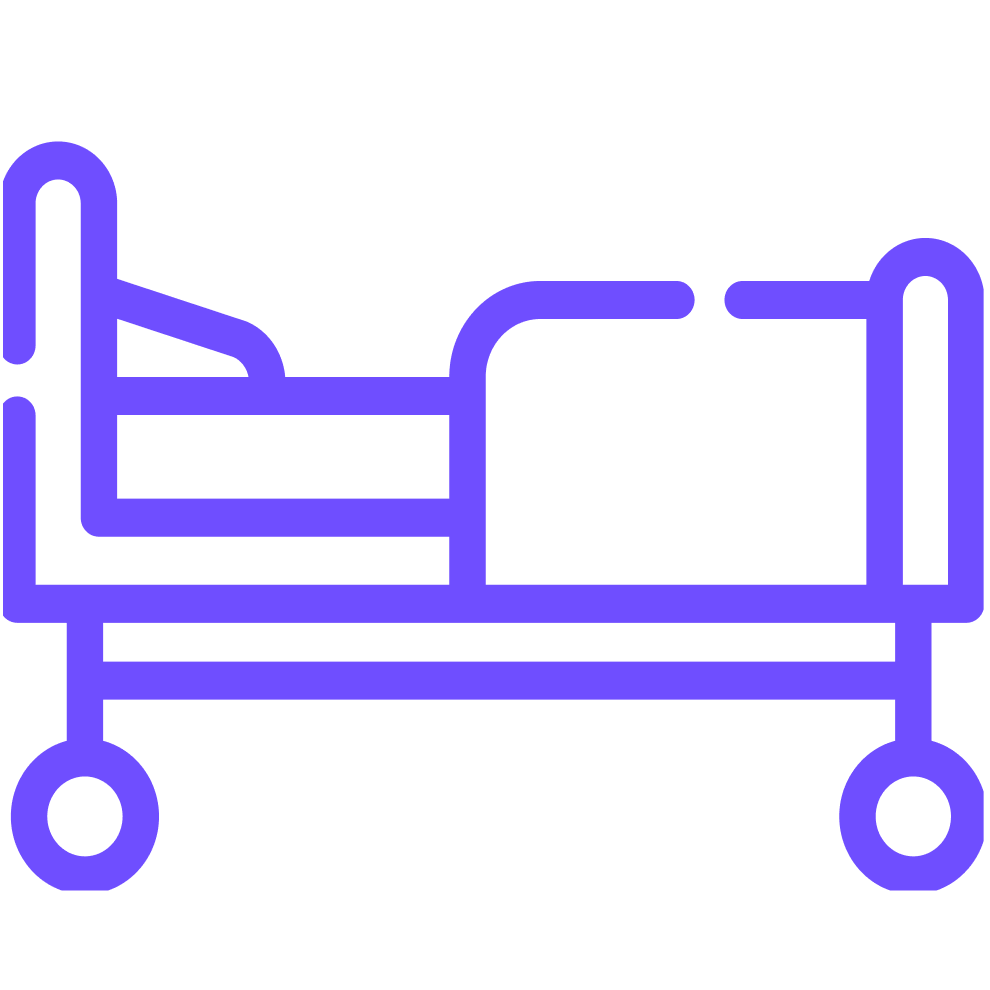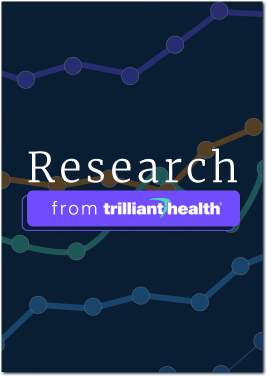Press Releases
Trilliant Health | October 7, 2025Trilliant Health Releases 2025 Trends Report on Six Forces Shaping the Health Economy
The report finds the U.S. healthcare system at a crossroads: pursue market discipline or face structural reform.
BRENTWOOD, TN – October 7, 2025 – Trilliant Health, the healthcare industry’s leading analytics and market research firm, today released its 2025 Trends Shaping the Health Economy Report, which analyzes six trends that will define the landscape, and subsequent challenges, for every health economy stakeholder.
As health expenditures grow faster than the rest of the economy and are projected to represent 20.3% of GDP in 2033, it is increasingly clear that the inputs of the U.S. healthcare system vastly exceed its outputs. Health economy stakeholders have known for decades that the U.S. spends more and gets less than peer nations, a reality that was perhaps tolerable when the Federal debt stood at $800B in 1980 but is unsustainable now that the debt exceeds $37T.
“The reputation of the U.S. healthcare system precedes itself – it is expensive, complex and inefficient,” said Trilliant Health’s Chief Research Officer Allison Oakes, Ph.D. “Understanding why begins with the recognition that, regardless of tax status, the ‘system’ is a collection of profit-seeking businesses treating illness – ‘no margin, no mission’ – rather than a thoughtful and comprehensive approach to promoting health.”
The report is organized into six sections, supported by 90+ data stories:
- Price sensitivity and affordability concerns are reshaping demand. Growth in medical prices outpaces other sectors, rising by 54.5% since 2009 (p. 13). Due to ever-increasing premiums and deductibles, patients and employers have raised concerns about affordability, but the report also reveals that inexplicable differences in healthcare prices contribute to this problem. Across the country, commercial negotiated rates for the same inpatient procedure vary by an average of 8.5x (p. 18). Even within the same facility, the rate can vary by as much as 7x depending on the payer (p. 19).
- Stakeholders are slow to adapt to changing demographic and lifestyle trends. Despite spending more than peer countries, Americans live shorter lives and spend more years in poor health. Mortality rates among adults aged 18-44 have been rising as the fertility rate continues to fall, shrinking the share of Americans with employer-sponsored insurance.
- The healthcare delivery system incentivizes specialty care intervention instead of primary care prevention. The health status of Americans is declining, with increasing prevalence of multiple chronic conditions and a large share of screenable cancers being diagnosed at late stages. Despite these warning signs, the system rewards high-margin specialty services rather than prevention. In 2024, behavioral health visits rose 11.4% year-over-year, while primary care visits declined 5.6%, marking the first time behavioral health utilization surpassed primary care (p. 43).
- Fraud, waste and abuse are pervasive in U.S. healthcare. The share of high-complexity emergency department visits has risen sharply, increasing from 36.6% to 47.8% of visits between 2018 and 2024, underscoring the financial impact of upcoding (p. 57). Vertical integration is also reshaping incentives, with UnitedHealthcare often paying its own Optum providers higher rates than it pays competing providers (p. 58). In addition, over 75% of FDA-approved drugs are not recommended by the UK’s NICE, raising concerns about the lack of cost-effectiveness requirements in the U.S. (p. 70).
- The transition to alternative care settings and therapies is accelerating. Care continues to migrate away from the hospital, with ambulatory surgery centers (ASCs) accounting for 50.8% of ASC-eligible surgeries in 2024 (p. 79). At the same time, new therapies have entered the market, disrupting the prevailing procedure-based approach to care: GLP-1 utilization increased 744.6% between 2018 and 2023, while bariatric surgery volumes were flat to declining, illustrating how high-margin procedures face growing competition from medications (p. 86).
- If the industry cannot deliver value for money and employers will not demand it, the government is prepared to force it. Other than price controls, government interventions have consistently failed to bend the cost curve, as demonstrated by the Medicare Shared Savings Program (MSSP), the savings of which were equivalent to less than 1% of Medicare spending (p. 101). Unconstrained costs and persistent inequities have catalyzed mounting political pressure for sweeping government-directed structural reform.
“Everybody says they ‘know’ about these problems facing our healthcare system,” continues Oakes. “But the lack of action by industry stakeholders has allowed them to persist. Now, the U.S. healthcare system is at a crossroads. The choice for all health economy stakeholders is whether to implement radical and transformational change from the inside or whether to be subjected to such change by external forces.”
Read the report: https://www.trillianthealth.com/market-research/reports/2025-health-economy-trends
About Trilliant Health
Trilliant Health’s analytics platform provides a comprehensive view of healthcare supply, demand and yield across local markets. Recognizing that every American is affected by the health economy, its mission is to redefine evidence-based strategy while optimizing return on invested capital.






















.png)

















.png?width=171&height=239&name=2025%20Trends%20Report%20Nav%20(1).png)
